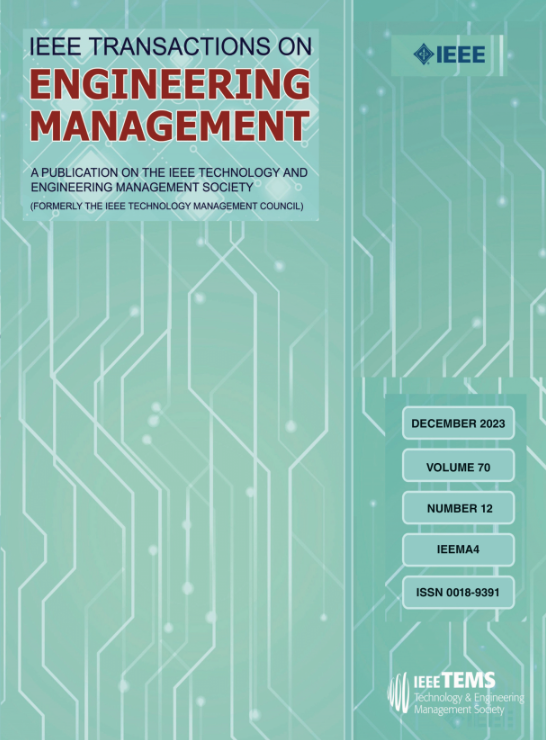How Does Technological Niche Affect Green Collaborative Innovation? The Contingent Role of Digital Transformation and Female Executives
IF 4.6
3区 管理学
Q1 BUSINESS
引用次数: 0
Abstract
Faced with sustainable development challenges and a new symbiotic phase in technological innovation, the green collaborative innovation model has emerged as a crucial approach to address environmental issues. Despite widespread consensus on the role of green collaborative innovation, existing research has yet to systematically examine its antecedent and contingent mechanisms. Therefore, this study aims to uncover the drivers of green collaborative innovation from a technological niche perspective and explore why some enterprises exhibit greater advantages and tendencies in engaging in such initiatives compared to others. The results indicate that both technological niche overlap and breadth have a positive effect on green collaborative innovation, and that these two relationships vary depending on different contingent factors. Specifically, digital transformation negatively moderates the relationship between technological niche overlap and green collaborative innovation, while positively moderates the relationship between technological niche breadth and green collaborative innovation. Female executives negatively moderate the relationship between technological niche overlap and green collaborative innovation, but only in high-polluting industries, while positively moderate the relationship between technological niche breadth and green collaborative innovation. Overall, this study contributes to the existing research on sustainable development by analyzing the influence mechanism of green collaborative innovation through the integration of niche theory, upper echelons theory, and dynamic capability theory.求助全文
约1分钟内获得全文
求助全文
来源期刊

IEEE Transactions on Engineering Management
管理科学-工程:工业
CiteScore
10.30
自引率
19.00%
发文量
604
审稿时长
5.3 months
期刊介绍:
Management of technical functions such as research, development, and engineering in industry, government, university, and other settings. Emphasis is on studies carried on within an organization to help in decision making or policy formation for RD&E.
 求助内容:
求助内容: 应助结果提醒方式:
应助结果提醒方式:


